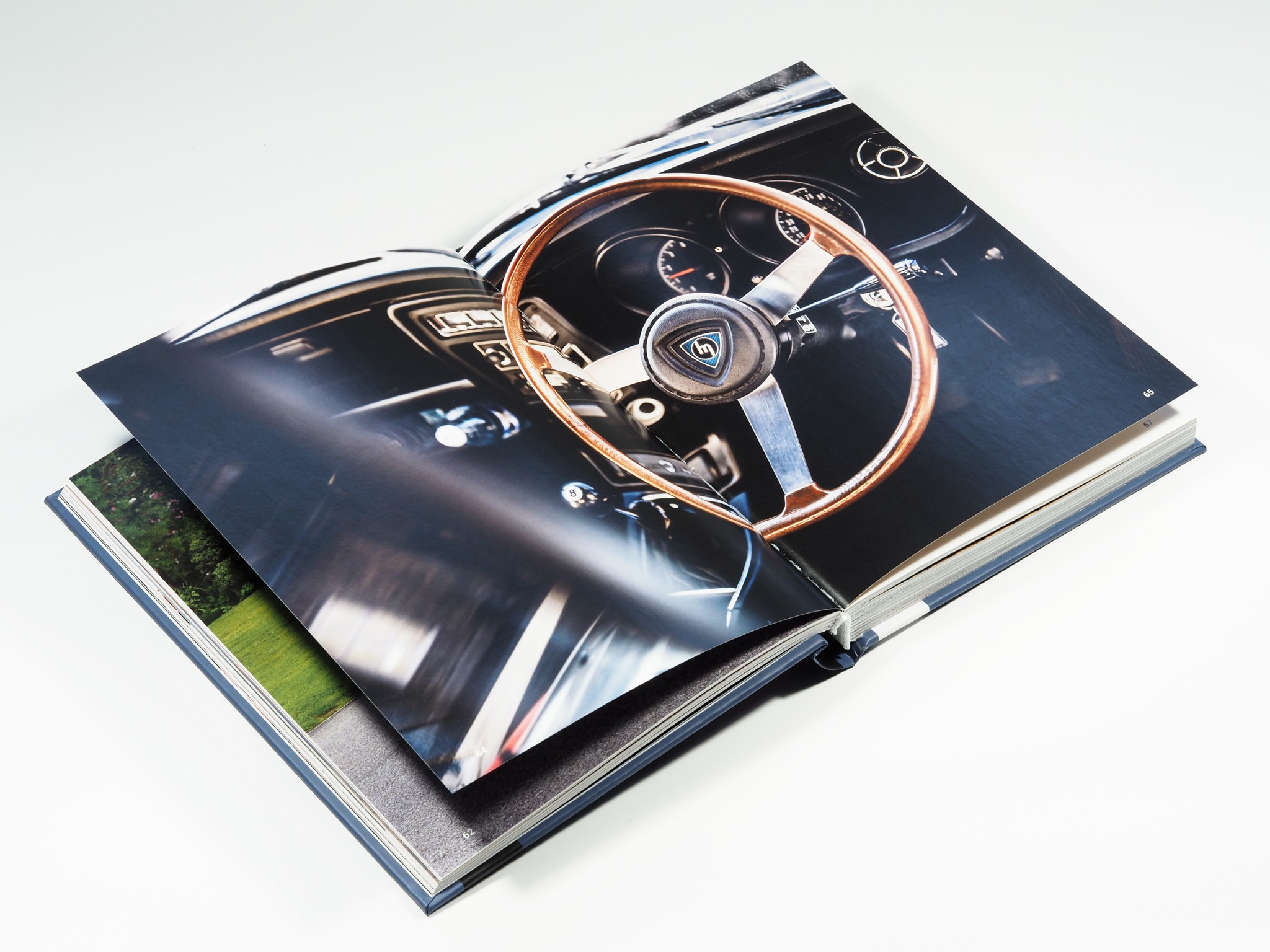Description
Mazda Hardcover book (fragment of the text)
Mazda’s history began on January 30, 1920, when Japanese entrepreneur Jujiro Matsuda founded Toyo Cork Kogyo in Hiroshima. By that time, the 45-year-old Matsuda already had considerable business experience, including manufacturing pumps and small arms.
After the end of World War I, demand for the rifles his company was producing dropped significantly and Matsuda switched to producing cork wood products. The new venture was named Toyo Cork Kogyo. However, a talented engineer like Jujiro Matsuda wanted to create something technically more complex.
Soon the company added machine tools to its product range and got rid of the word Cork in its name, and in 1930, it presented a prototype of its first motorcycle with a 250cc engine, which it began to mass produce a year later.
To realize the ambitious plans for producing vehicles, a new factory was opened in September 1930, from the gates of which the first cargo tricycle with a capacity of 200 kg left in October 1931: the Mazda-Go Type DA.
The motorized tricycle was named after Ahura Mazda, the god of harmony, reason, and wisdom in Zoroastrianism. It may be noted that it is also consonant with Matsuda’s own surname.
The Mazda-Go had an engine of proprietary design, a reverse gearbox, differential, and other components patented by the company. By using domestic Japanese, rather than licensed or purchased components, this tricycle was an important moment in the history of the Japanese car industry.
The Mazda-Go cargo tricycle aroused the keen interest of buyers, who were in urgent need of a reliable and inexpensive “workhorse.” Curiously, the Mazda lettering on the gas tank was used in conjunction with the corporate emblem of Mitsubishi, a large company responsible for Mazda-Go sales until 1936.
To demonstrate the quality and reliability of its products to customers, Toyo Kogyo organized a promotional race in 1936: four Mazda-Go Type-KC tricycles and one Type-DC covered more than 2,700 km between Kagoshima and Tokyo in 25 days.
The event made a tangible contribution to increasing sales and the popularity of Mazda tricycles in Japan. By the end of the 1930s, the company offered customers a whole range of commercial models, and the design office created a compact passenger car in 1940, but serial production was hindered by the outbreak of war.
Despite the devastating bombing of Hiroshima, which killed more than 400 workers and employees, the company managed to recover. As early as December 1945, production of the Type-GA cargo tricycles had resumed.
In 1950, the company introduced two interesting models: a passenger tricycle with a closed body that could accommodate up to 6 people, and a fullfledged 4-wheel Type-CA car with a truck body.
The model’s design resembled a utilitarian military Willys with a cargo bed that could carry up to a ton of cargo. The spartan cabin had a onepiece bench seat for two passengers.
The truck was embellished with chrome bumpers, decorative overlays on the radiator trim, and even wheel covers with Mazda inscriptions. In 1952, the company’s founder, Jujiro Matsuda, passed away and his son Tsuneji continued as president.
By the late 1950s, Mazda offered its customers a wide range of commercial models with various payloads. Good profits and the growing wealth of the Japanese population allowed the company to return to the idea of creating an affordable passenger car, which made its debut in May 1960.
Read the continuation of this story in the book.
Other books about history of Mazda:












